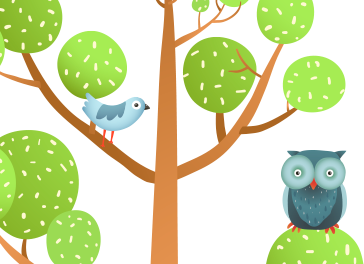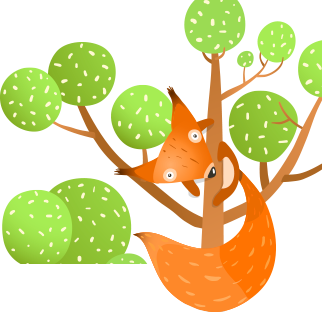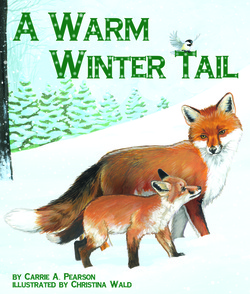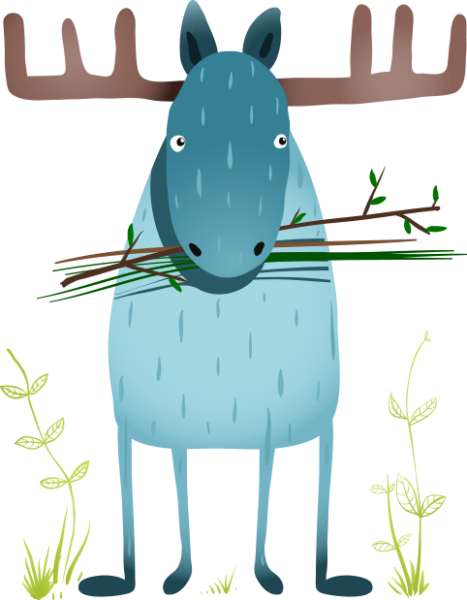I’ve nervously awaited the reviews for A Warm Winter Tail and the first one is in!
Kirkus Reviews:
“A cozy “tail” compares the adaptations animals and humans have for surviving winter’s chill. Baby animals ask grown-ups how humans keep warm in the winter. A fox kit asks, “How do humans keep warm in the winter, Mama? / Do they wrap their tails tight / ’round their bodies just right / as heaters to chase out the chill?” Mama answers, “No fur tail for draping, / for covering and caping; / their blankets are cotton and wool.” Each baby in turn asks if humans adapt as they do. The wide variety of animals portrayed ensures that most winter adaptations are covered, though camouflage is lacking. The “For Creative Minds” section includes a spread of extensive further information and two pages of activities—matching animal to adaptation (the only place where the animals are identified by captioned thumbnails) and then sorting the animals into their four classes. More activities and learning materials are on the publisher’s website. Wald’s lifelike illustrations incorporate speech bubbles for the babies’ questions and include humorous imaginings of how humans would look with animals’ adaptations, e.g., a child with butterfly wings.” Now I can quit biting my fingernails and use those nubbins to write a companion story!
Kirkus Reviews:
“A cozy “tail” compares the adaptations animals and humans have for surviving winter’s chill. Baby animals ask grown-ups how humans keep warm in the winter. A fox kit asks, “How do humans keep warm in the winter, Mama? / Do they wrap their tails tight / ’round their bodies just right / as heaters to chase out the chill?” Mama answers, “No fur tail for draping, / for covering and caping; / their blankets are cotton and wool.” Each baby in turn asks if humans adapt as they do. The wide variety of animals portrayed ensures that most winter adaptations are covered, though camouflage is lacking. The “For Creative Minds” section includes a spread of extensive further information and two pages of activities—matching animal to adaptation (the only place where the animals are identified by captioned thumbnails) and then sorting the animals into their four classes. More activities and learning materials are on the publisher’s website. Wald’s lifelike illustrations incorporate speech bubbles for the babies’ questions and include humorous imaginings of how humans would look with animals’ adaptations, e.g., a child with butterfly wings.” Now I can quit biting my fingernails and use those nubbins to write a companion story!




